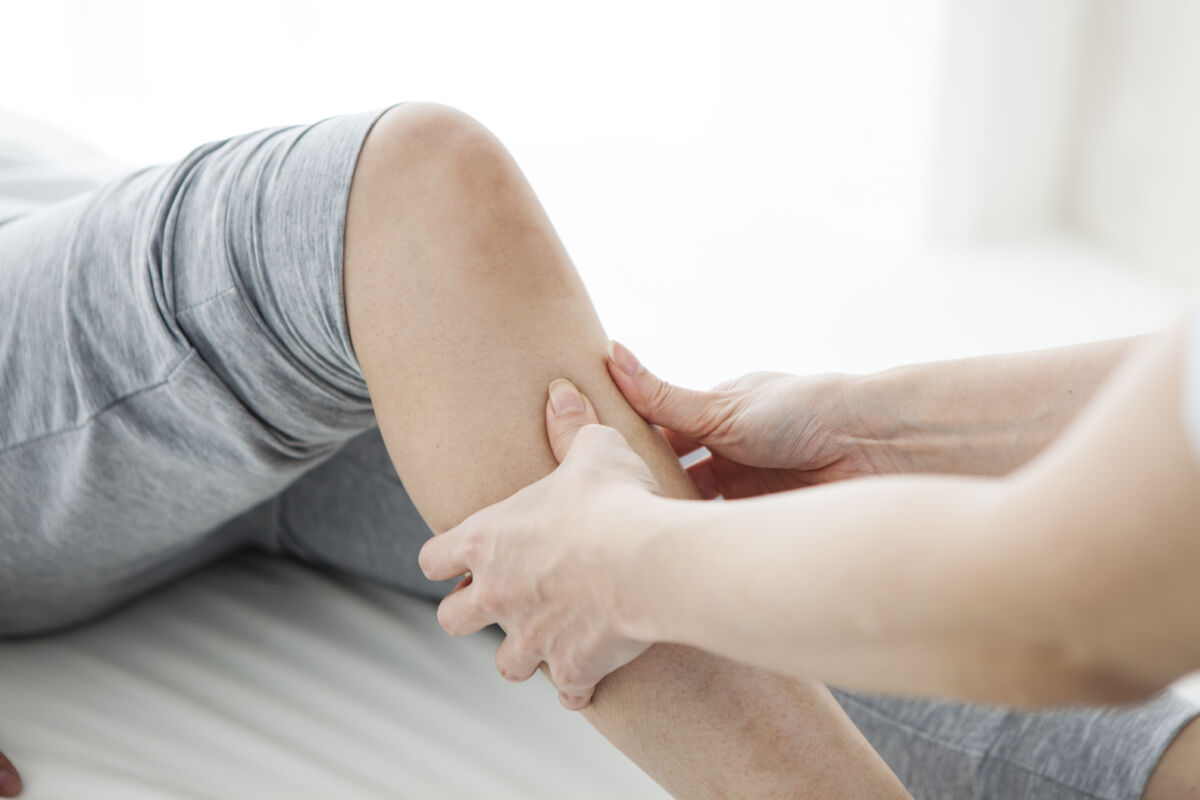Knee pain, and how we can help you!
Today I thought I would write a little about knee pain. It is one of the most frequently seen joints of the body for an MSK (Muscle-Skeletal Physiotherapist) because it is a joint which comes under significant stress. This is because two of the longest levers in the body, the thigh bone and the shin bone, are exerting force through it. However it is also a joint which often responds well to physiotherapy treatment.
One of the first things that I will test when physically examining the knee is whether the knee is effused (swollen) or not. Swelling is the bodies natural response to damage and so if there is swelling we can assume there is damage or irritation inside the joint. This can be difficult to observe as the knee is a big joint but it can be detected with a simple hands-on test.
But what if there is no swelling ? The patient may be presenting with anterior knee pain or faulty biomechanics.
"Anterior knee pain is the most common presenting symptom in many Physio and sports physician practices” (1 and 2)
The key to treating anterior knee pain effectively is a thorough assessment and well planned progression of treatment.
If there has been a specific injury or accident then it is important to assess and find out which structure or structures have been damaged. In some situations it may be the job of the Physio as the first person who has examined the knee to suggest a diagnosis and whether a consultants opinion is needed.For example if there is significant damage to the cartilage (or meniscus) physiotherapy is not going to repair it. Physiotherapy techniques and patients self help may ease some of the effects, like using ice packs etc to reduce the swelling. But further assessment by a specialist orthopaedic consultant will be important to determine if surgery is needed or not. Other frequently seen injuries include medial and lateral collateral ligament strains, cruciate ligament injuries and bursitis or housemaid's knee problems.

Knee pain can be an issue at a range of ages. From adolescent the more senior, knee pain has a significant impact on patients lives.
Many teenagers are given the diagnosis of growing pains when they present with knee pain. For the majority this benign condition is something that they will grow out of but there are some other reasons for knee pain in children and so it is important to conduct a good assessment so that the child receives the appropriate care and/ or reassurance that they need. A useful guide for parents is available on www.arthritsresearchuk.org. If you put 'growing pains information' into this website's search bar it will offer you a list including this guide which was published in August 2008.
Patients are often reluctant to see a Physio when given the diagnosis of osteoarthritis or 'wear and tear' as they feel this is a degenerative condition with no potential to improve. There are certainly times when only surgery or joint replacement will help but a patients pain can be eased if the swelling is reduced, the muscles strengthened or stretched to become more flexible or the joint is loosened up with mobilisations.
I have only mentioned a handful of the more frequently seen knee conditions in a physics clinic but I hope this information is useful and that if you are a patient with knee pain that you may gain benefit by consulting with a physiotherapist.
References:
- Taunton JE,Ryan MB Clement DB et al. A retrospective case-controlanalysis of 2002 running injuries.Br J Sports Med 2002;36:95-1012
- Baiquie P, Brukner P. Injuries presenting to an Australian sports medicine centre. A 12-month study.Clin J Sport Med 1997;7 (1) :28-31